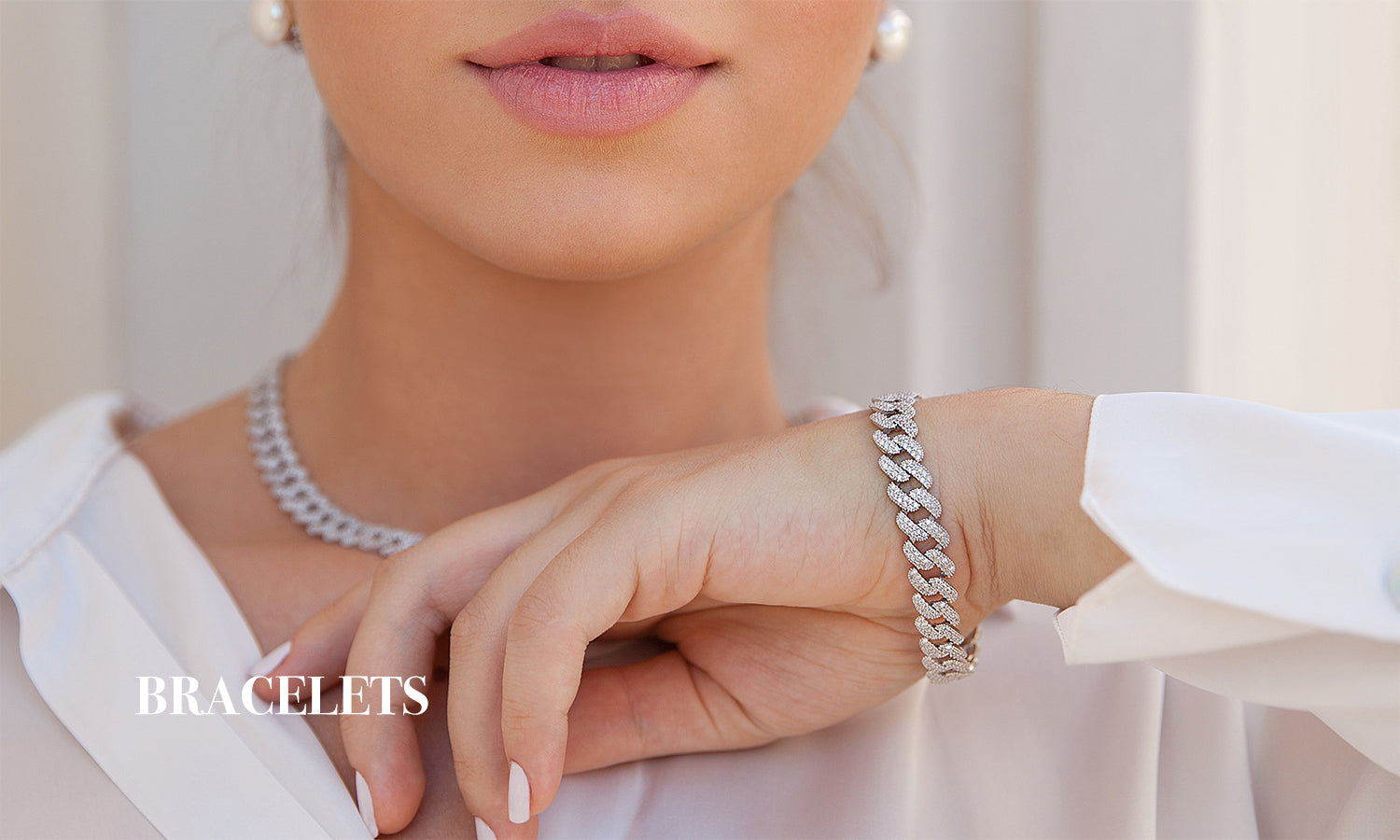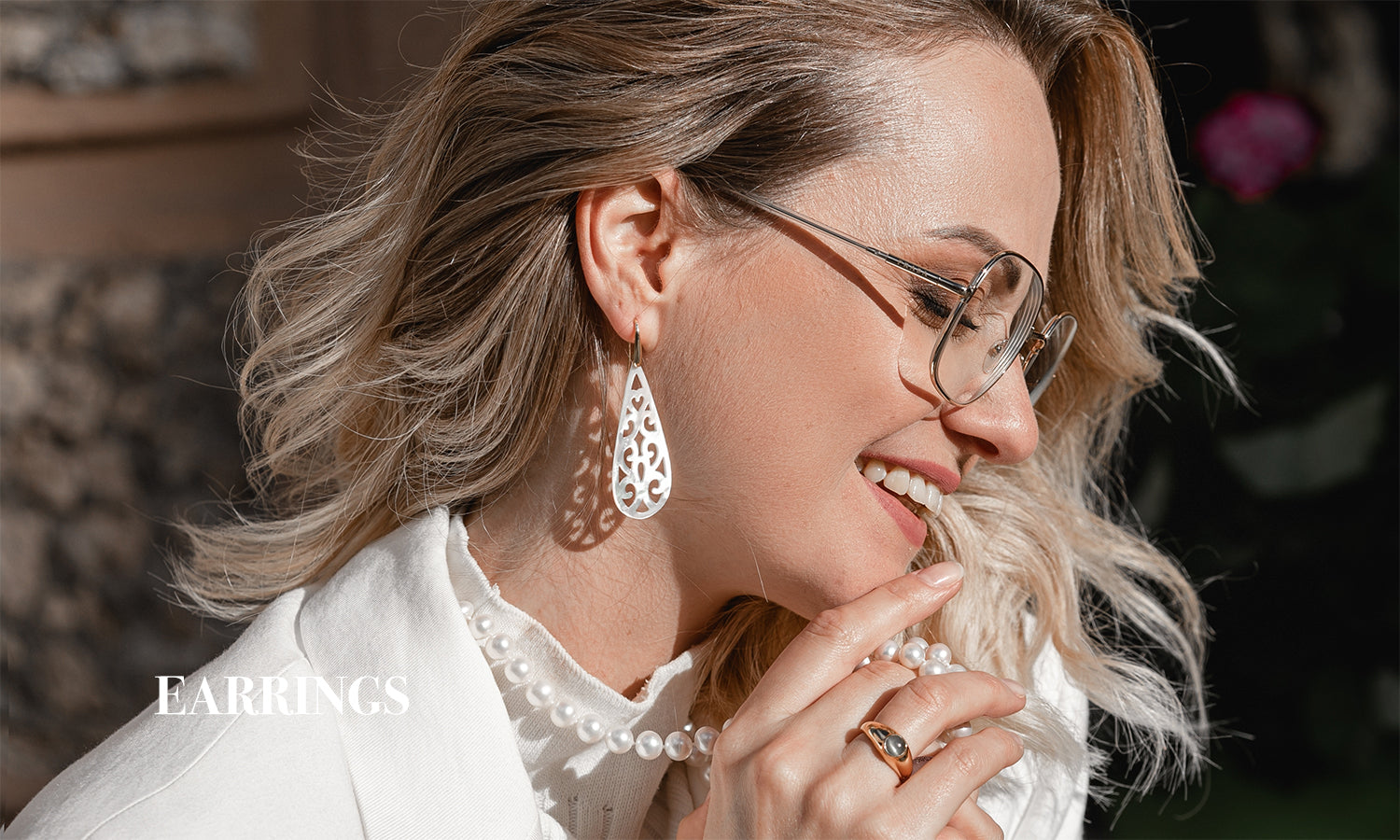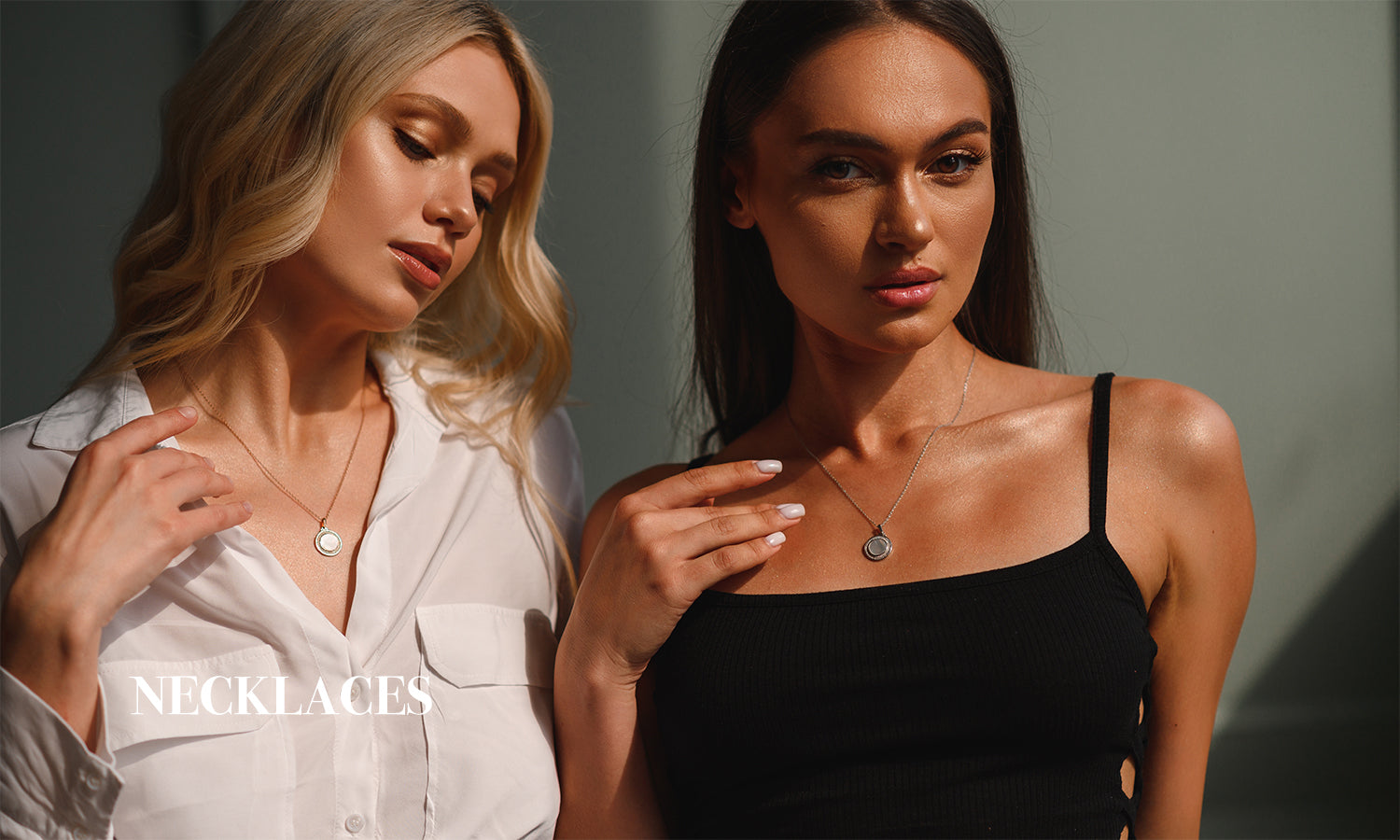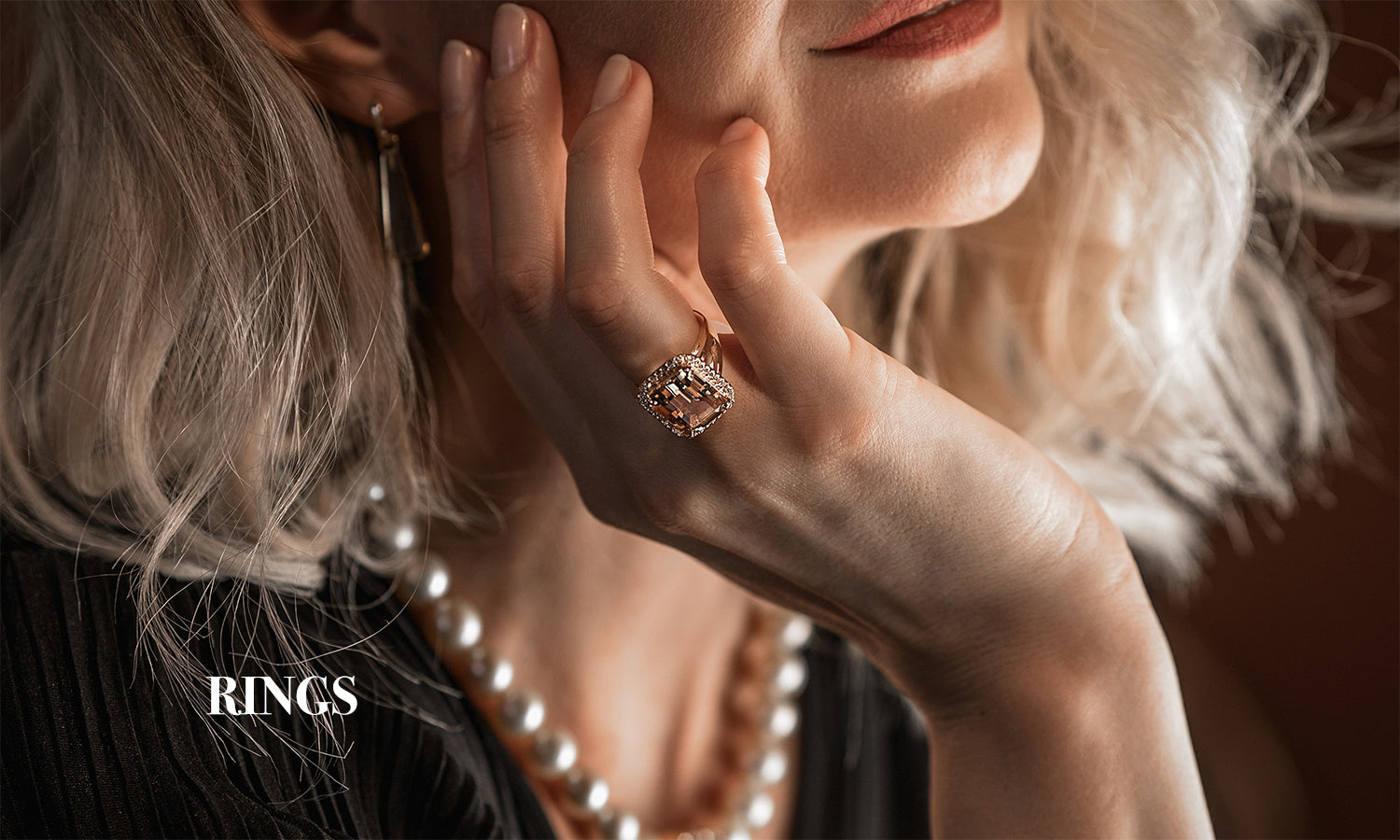
A Brief History of Planderful Bracelets Art: How the Wrist Accessory Evolved Through the Ages
Share
Ancient Times: The Origins of Bracelets
Medieval Times: The Popularization of Bracelets

The history of bracelets is an interesting one that spans centuries and cultures. For as long as people have been adorning themselves, they have been wearing some form of a bracelet.
The earliest recorded history of bracelets dates back to ancient times, with archaeological finds of wrist adornments dating back to 1000 BC in Ancient Egypt. Bracelets were a popular accessory and were often made of gold and silver as precious gems. The Egyptians believed that wearing a bracelet could bring good luck or protection, and they were often used to signify status and wealth. Some of these bracelets were inscribed with hieroglyphics, telling stories of the wearer's life.
In the Roman era, bracelets were mainly worn by women and often featured intricate symbolism that had a special meaning for the wearer. For example, a bracelet with a snake symbolized eternal love and was often gifted to a bride as a sign of commitment.
In Medieval times, bracelets were a popular accessory for men and women and began to take on more decorative forms. Beaded bracelets were especially popular and were often made with colorful stones, glass, and metal and included charms or symbols of protection.
Renaissance Era: The Luxury of Bracelets
During the Renaissance, bracelets became increasingly popular, and the designs took on a more luxurious look. Gold and silver bracelets were common, as well as gemstone bracelets featuring precious stones like rubies, sapphires, and diamonds. These bracelets were often intricately designed and engraved with symbols and designs.
In the 17th and 18th centuries, bracelets became even more popular, and the designs began to include various materials and styles. From leather and fabric to velvet and lace, bracelets could be found in various materials and were often adorned with pearls, beads, and other ornamental details.
Victorian Era: The Popularity of Charm Bracelets
In the Victorian era, charm bracelets became increasingly popular. These bracelets were often made of gold or silver and featured charms that signified important moments in the wearer's life, such as a wedding or the birth of a child. These bracelets were often passed down through generations, becoming a treasured family heirloom.
Modern Times: The Evolution of Bracelets
In modern times, bracelets have taken on various forms, from fashion bracelets to medical alert bracelets. One of the most popular styles today is the wristband, which is often made of rubber or silicone and is used to show support for a cause or team. These bracelets have become a popular way to express one's beliefs and affiliations.
The Future of Bracelets: Trends and Predictions
You can expect more personalized bracelets with charms and symbols that reflect the wearer's interests and tastes. You may also see more eco-friendly bracelets from sustainable materials such as wood or bamboo. With the rise of wearable technology, we may also see more tech-enabled bracelets that can track data or provide personal alerts.
The Evolution of Bracelet Materials
The history of bracelets is interesting, with the materials used to make them evolving over the centuries.
Ancient Times: Gold and Silver
In ancient times, the materials used to make bracelets were mainly gold and silver. These metals were highly prized for their beauty and durability and were often used to craft intricate designs. The Egyptians were especially fond of gold, and many of their bracelets featured intricate hieroglyphics and symbols.
Medieval Times: Beads and Charms
During the Middle Ages, bracelets were mainly made from beads and charms. These bracelets often featured symbols of protection, such as a snake or a cross. Beaded bracelets were especially popular and were often made with colorful stones, glass, and metal.
Renaissance Era: Precious Stones
In the Renaissance era, bracelets were often crafted from precious stones such as rubies, sapphires, and diamonds. These bracelets were often intricately designed and engraved with symbols and designs. Gold and silver were still popular materials but were often used in combination with precious stones.
Victorian Era: Lace and Velvet
In the Victorian era, bracelets became even more ornate, and the materials used to make them began to include a variety of fabrics like lace and velvet. Pearl and beaded bracelets were especially popular, as well as charm bracelets featuring symbols of important moments in the wearer's life.
Modern Times: Rubber and Silicone
In modern times, bracelets have taken on various forms, from fashion bracelets to medical alert bracelets. The materials used to create these bracelets have also changed drastically, with rubber and silicone becoming popular for their durability and affordability. These materials are often used to make wristbands, a popular way to show support for a cause or team.
The Future of Bracelet Materials
You can expect more eco-friendly materials, such as wood and bamboo, and more tech-enabled materials, such as flexible plastic or 3D-printed components. We may also see more personalized bracelets with charms and symbols that reflect the wearer's tastes and interests.
Contemporary Bracelet Styles

In addition to the materials used to make bracelets, the styles have also evolved over the centuries. From simple chain bracelets to intricate beaded designs, countless bracelet styles are now available.
Chain bracelets are a classic style that has been around for centuries. They are timeless and versatile and can be dressed up or down.
Bangle bracelets are bolder and usually made from metal or plastic. These bracelets often feature intricate designs and can be stacked for a dramatic effect.
Cuff bracelets are another popular style and are usually made of metal or leather.
Charm bracelets are a timeless style that has been around since the Victorian era. These bracelets usually feature charms that signify important moments in the wearer's life and are often passed down through generations.
Medical alert bracelets are an important style for those with medical conditions. These bracelets are designed to provide medical personnel with critical information in an emergency.
The Significance of Bracelets in Different Cultures
- Bracelets have been used for centuries to signify status, wealth, and protection in different cultures. In Ancient Egypt, bracelets were often crafted from gold and silver to signify wealth and status. The Egyptians also believed wearing a bracelet could bring good luck or protection. In Medieval times, bracelets were a popular accessory for men and women and often featured symbols of protection, such as a cross or a snake.
- In some cultures, bracelets have also been used to signify religious beliefs. For example, in Hindu culture, women often wear a bangle bracelet on the right wrist to signify their married status. In Sikhism, the kara bracelet is a sign of unity and faith.
- Bracelets have also been used to signify membership in a group or organization. For example, in the United States, the Boy Scouts of America wear special bracelets with troop numbers to signify their membership. Similarly, the Order of the Eastern Star has a special bracelet worn to signify membership in the organization.
From ancient times, bracelets have come a long way in design and material. As the wrist accessory evolves, it is interesting to look back at the history of bracelets and see how they have been used to signify status, wealth, and protection in different cultures throughout history.




